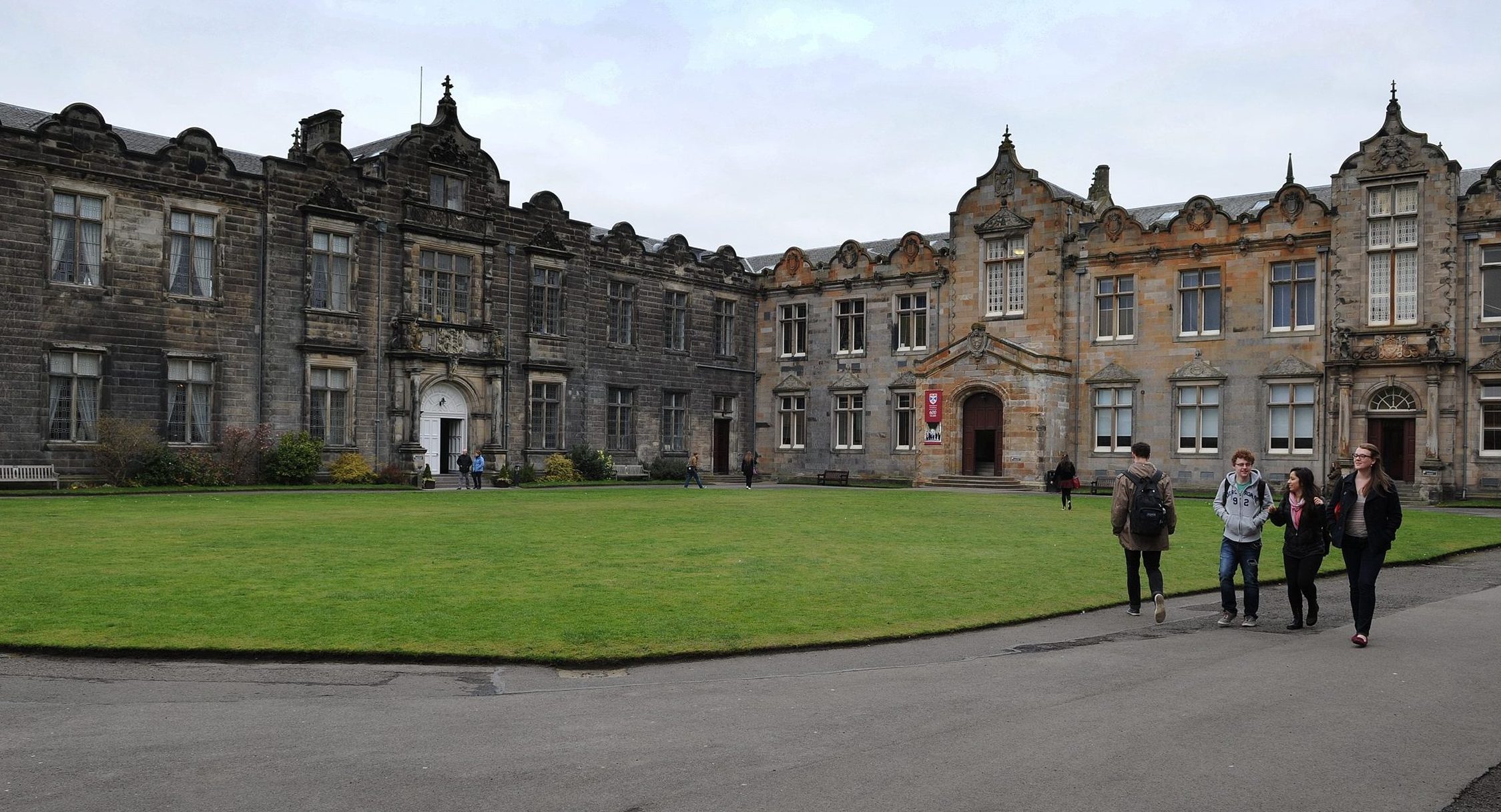St Andrews University has claimed yet another UK first after opening a state-of-the-art centre aimed at creating new materials which do not exist in nature.
Likened to building Lego structures with single atom building blocks, the new Designer Quantum Materials lab allows the composition of a material to be changed between each layer, effectively making entirely new “supermaterials” – combinations and structures which would be impossible to create by any other means.
At the heart of the facility is a molecular-beam epitaxy (MBE) system which can custom engineer materials that can be used in a host of applications from super-efficient energy distribution to high performance computing and sensing.
The facility, which was officially opened by Shirley-Anne Somerville MSP, minister for further education, higher education and science, represents an investment of £2 million by the University, the Engineering and Physical Sciences Research Council (EPSRC) and the Scottish Universities Physics Alliance (SUPA) via a Strategic Capital Equipment grant, and builds on previous investment of more than £4 million by SUPA, the Scottish Funding Council (SFC) and the University to create a facility that is unique within the UK.
Indeed, those behind the project say it is one of only a handful with similar capabilities worldwide.
Ms Somerville said: “I am very proud to be officially opening the centre for Designer Quantum Materials at the University of St Andrews today.
“The School of Physics and Astronomy is already at the forefront of its field, not only in Scotland but also internationally, and this amazing facility will enhance the fantastic work it does.
“We recognise the significant contribution our higher education institutions make to the economy and our society as a whole.
“That is why this government continues to invest in the development and application of research, innovation and technology to ensure Scotland remains a productive and competitive nation.”
University Principal Professor Sally Mapstone said the new centre will put Scotland at the forefront of international efforts to develop new, smart materials “integral to advances across a multitude of technological challenges and opportunities”.
“It is one of only a handful of such centres worldwide and we hope will offer Scottish and UK higher education and industry an unparalleled advantage in this rapidly developing field of exploration,” she concluded.
Professor Graham Turnbull, head of the School of Physics and Astronomy, said the facility launches a new era in materials research.
“The molecular beam epitaxy system will allow us to construct complex crystals atomic layer by atomic layer, or even make electronic devices that are a single atom thick,” he noted.
“This will allow our research teams to study exotic properties of quantum matter and to engineer new materials that control superconductivity and how electrons and light interact.
“The research could lead to the next generation of nano-electronic devices for quantum computing, sensors, lighting, and power generation and storage.”










